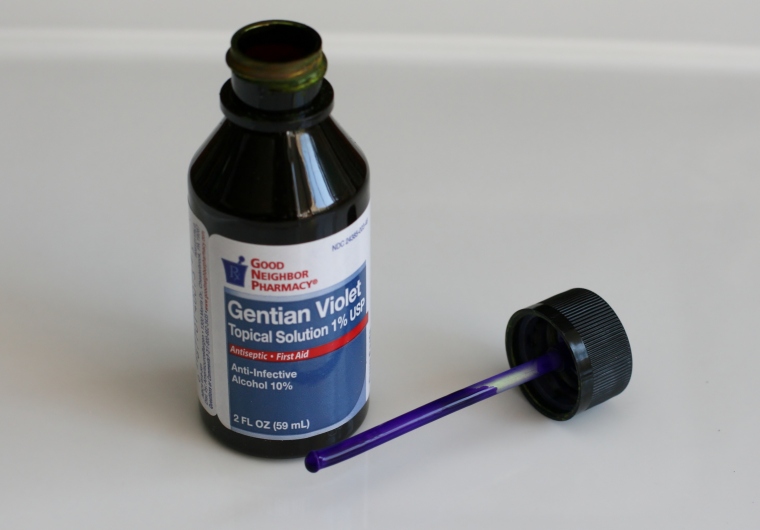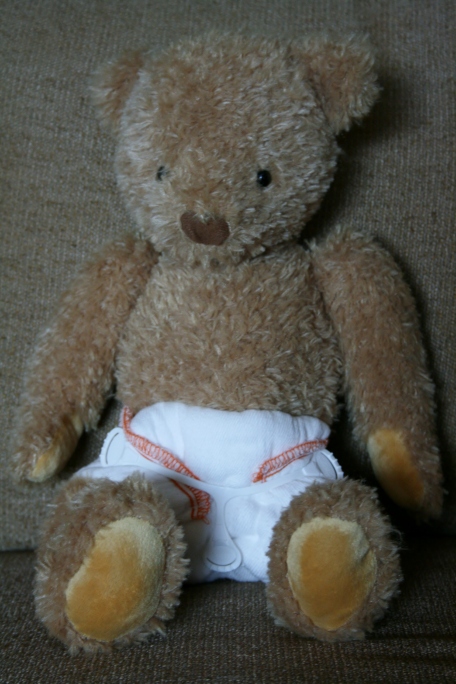I can’t tell you how many times I’ve heard things like: “I will for sure be getting an epidural” or “I want a c-section because I don’t want to be all stretched out down there” or “I want to get induced so I can plan when the baby will arrive.” And the list goes on and on. The truth is, there is a lack of proper education about childbirth. Many young women have no real idea about what to expect and most of their knowledge comes from the media, which portrays birth as a harrowing experience. Couple this naivete with the current treatment of pregnancy and birth by much of the medical field as an illness or disability and we have ourselves an intervention epidemic.
I found it so aggravating when people would ask me if I was planning on having an epidural and they responded with shock when I told them that I was planning on a natural birth. I mean, really people?! Childbirth is a totally natural process and the female body was designed to carry out this function perfectly. Granted there are times when interventions are 100% necessary and life saving but for the vast majority of births this is simply not the case. In fact for the majority of births added interventions can actually be a hindrance and can have a snow ball effect.
The World Health Organization recommended that the upper limit for the cesarean section rate was 15%, while the optimal rate should be 5%. In the United States the most recent data show that the c-section rate is a staggering 32.8%, meaning that 1 in 3 women deliver by cesarean section. The Healthy People 2020 goal is to reduce the number of cesareans among low risk women with no prior cesarean births by 10% and yet in some hospitals throughout the country the c-section rate is as high as 50%. Furthermore there is no evidence to show that having a c-section rate that is higher than 15% does anything to reduce maternal and/or infant mortality or morbidity, in fact just the opposite may be true. An increased rate of interventions often leads to highers levels of death and disease among mothers and babies.
So what’s going on here? Well there isn’t a simple answer since there are a lot of factors at play. Birth weight plays a large roll, the fact is that we are having bigger babies than ever and it’s becoming increasingly more difficult for our bodies to deliver them naturally. This is why it’s so important to eat right and exercise during pregnancy. In fact eating right and exercising are vitally important before and after pregnancy as well, but that’s a topic for another day. Another large factor is the elective and rampant use of interventions during childbirth and I believe this stems in large part from a lack of adequate education about the topic.
The most common major interventions used other than a cesarean section itself are pitocin (used to induce or augment labor) and epidurals. The use of epidurals have become the norm and natural birth is something that is viewed as extreme. When I told people I wanted to have a natural birth, I was told ‘you don’t have to be a hero’ and asked ‘why would you do that to yourself’. Child birth is a natural process not an illness or disease and treating it as such can impair the body’s ability to do what it does best.
I said before that interventions can be a slippery slope and here is what I meant. Epidurals can weaken the contractions that your body has naturally, which then requires you to go on pitocin to strengthen the contractions, but now your contractions are stronger and longer than they should be so you get a stronger epidural to manage the pain, which in turn requires more pitocin, which finally sends the baby into distress (due to the stronger and longer contractions) and you are wheeled off the the OR for a cesarean section. The same cycle can also be true when labor is induced. While all this is true it must still be noted that many women do receive epidurals and/or pitocin without needing further intervention.
You have to remember that pitocin and epidurals are serious drugs and whatever you’re receiving your baby is receiving. Of course these interventions are wonderful and life saving when they’re necessary but they are performed far more than what is medically necessary. Too many people opt to schedule a c-section or elect to have interventions without really educating themselves about the process. A cesarean section is MAJOR abdominal surgery, which involves slicing through 6 layers of skin, tissue and muscle and then sewing the individual layers back up again. Recovery is no picnic especially considering you can’t just relax but instead you have to care for a newborn and be up all hours of the night. The International Cesarean Awareness Network is a great place to go to learn more.
The last contributing factor I’ll discuss here and perhaps the biggest are policy instruments acting at the health system level. OB-GYNs are faced with more lawsuits than nearly every other medical specialty. This is because sadly and unfairly if something goes tragically wrong during labor blame is often placed on the medical staff present. So in order to reduce liability systems are in place to push for more interventions because it is wrongly believed that more interventions means better care. In order to change this we must change policy, which starts with education.
My intention here is not to demonize birth interventions and I don’t presume to tell women how they should have their babies or ostracize women who opt for birth interventions but I do think it is important to educate yourselves about child birth. I highly recommend taking a birth class as well as watching The Business of Being Born. You can also go to The Beauty of Being Born to read real women’s birth stories and share in their experiences. Also you may want to consider opting to deliver with a midwife that practices out of a hospital or birth center.
If you read Asher’s birth story then you know that I did in fact require the use of interventions. They were all medically necessary with the exception of one: breaking my water. This was the first intervention that I received and I believe that making this choice is what lead to the complications that required me to need further interventions, but that’s just a theory, since there is no way to know for sure.
At the end of the day when it comes to labor and delivery the most important thing is to have a healthy mother and baby, no matter how you get there, I just believe that in the vast majority of cases the best way to ensure that is to have a natural childbirth.


